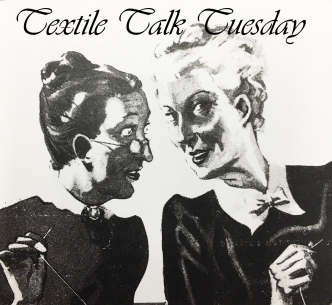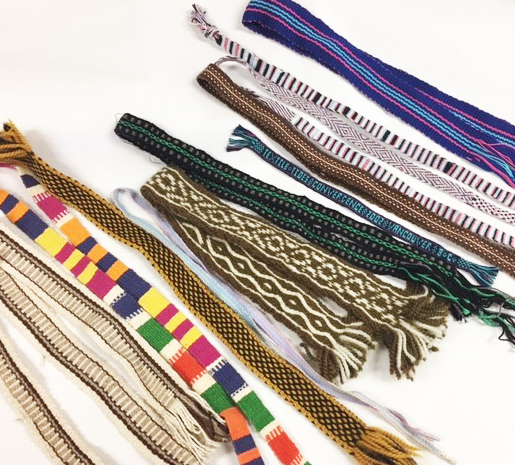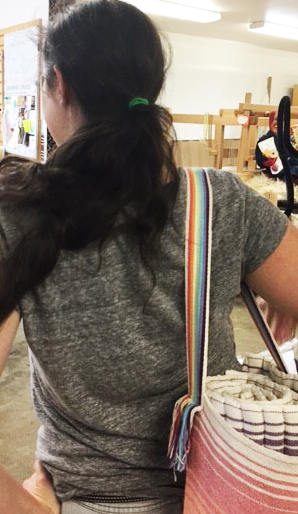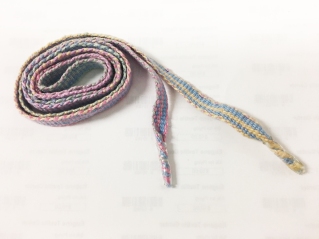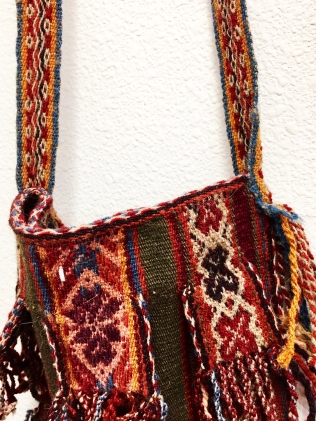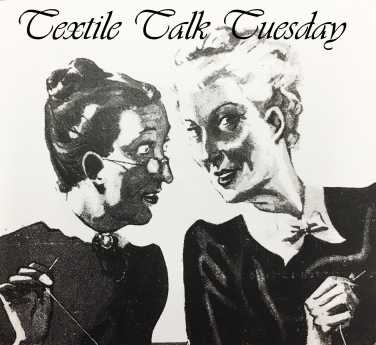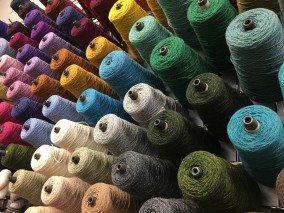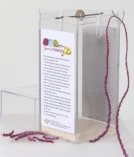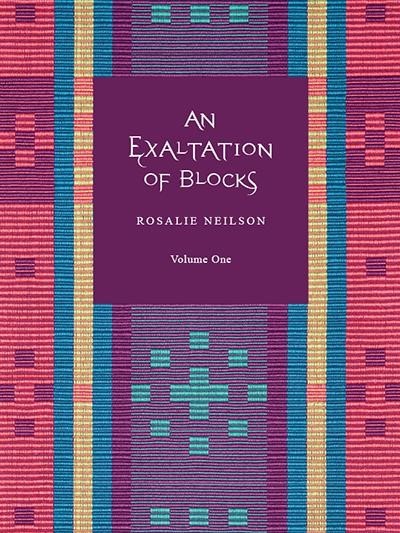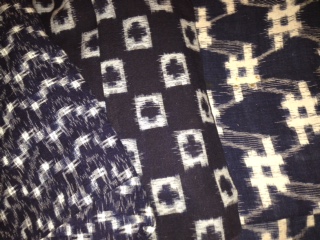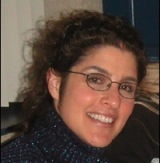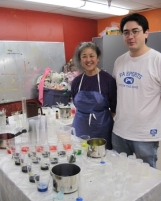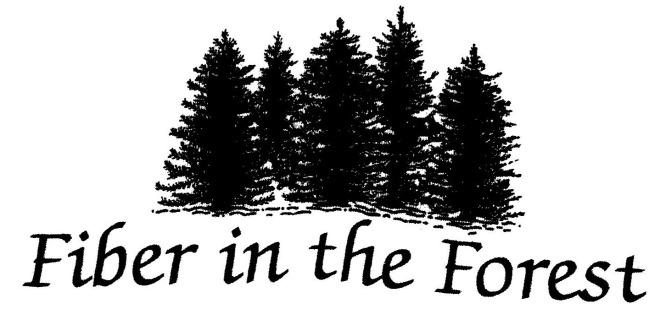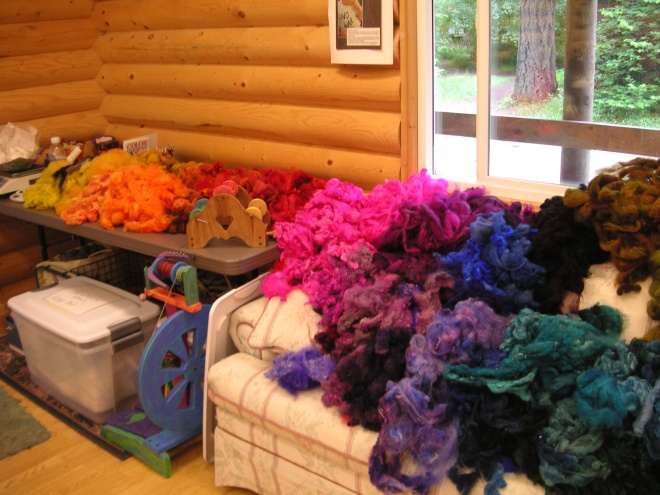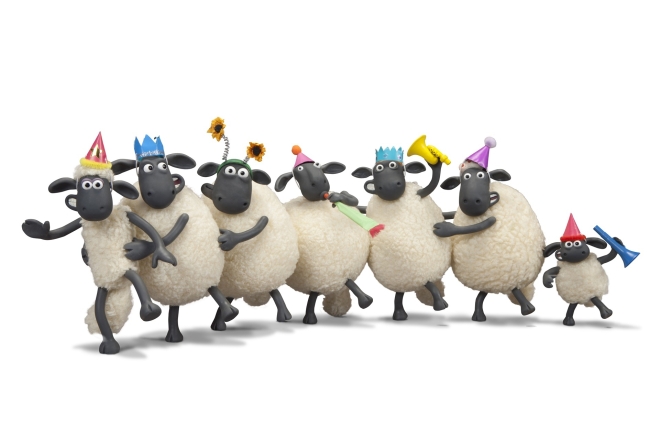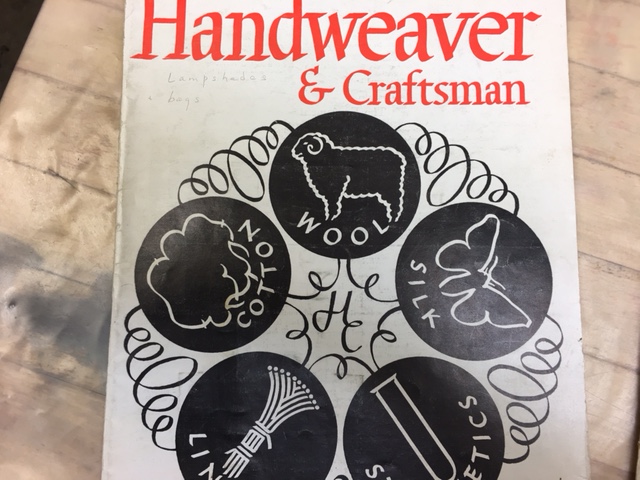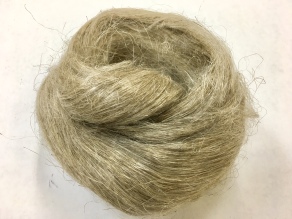A common question we hear in the shop is people wondering what the difference is between wet and dry felting. The quick answer is that wet felting uses water and soap where dry felting does not. The full answer is a bit more complicated because there are really more than only two techniques of felting and they could all be used together in the same piece!
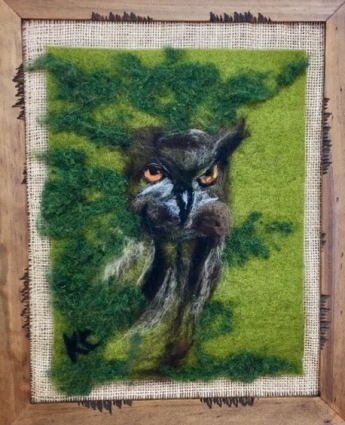
Wool becomes felted when its fibers become entangled and meshed together. This can be accomplished through the use of needles with barbs that work to tangle the wool each time they are passed through the bundle of wool. Typically, this technique is used to create three dimensional objects, or to add fine detail to a wet felted piece. Entire “flat” pieces of art can be created with just needles. Our gallery for July features art by Kyla Corbett who uses exactly this technique.
Another way to get wool to felt it through the friction of the fibers rubbing against themselves. Heat, water, and an alkaline PH (usually achieved by adding soap) are combined to allow the opposing layers of wool to tangle together. All three of these elements are present in your washing machine which is why wool sweaters can shrink and felt if you aren’t careful when you wash them!
This technique is often used to create flat pieces, designed with interspersed layers of fiber. More interesting designs can be create through the use of a resist (like a plastic form) to create hats or pockets or layered with another material like silk to create a laminated material called Nuno. The same principle can also be used on a three dimensional piece to create a smooth surface finish in less time than it would take to accomplish with just a needle.
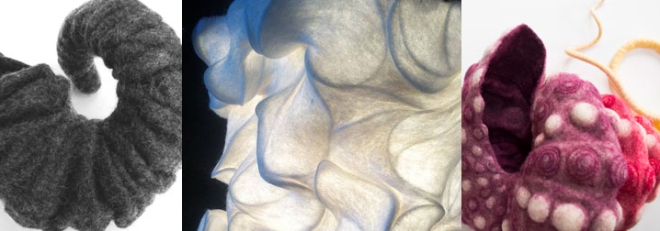
If these techniques sound interesting, we have Pam de Groot, the world-renowned felt artist and eco-printer coming to ETC from July 22nd to July 26th to teach her Dimensions and Texture in Felt workshop as well as her workshop on eco-printing (which can work with felt).
